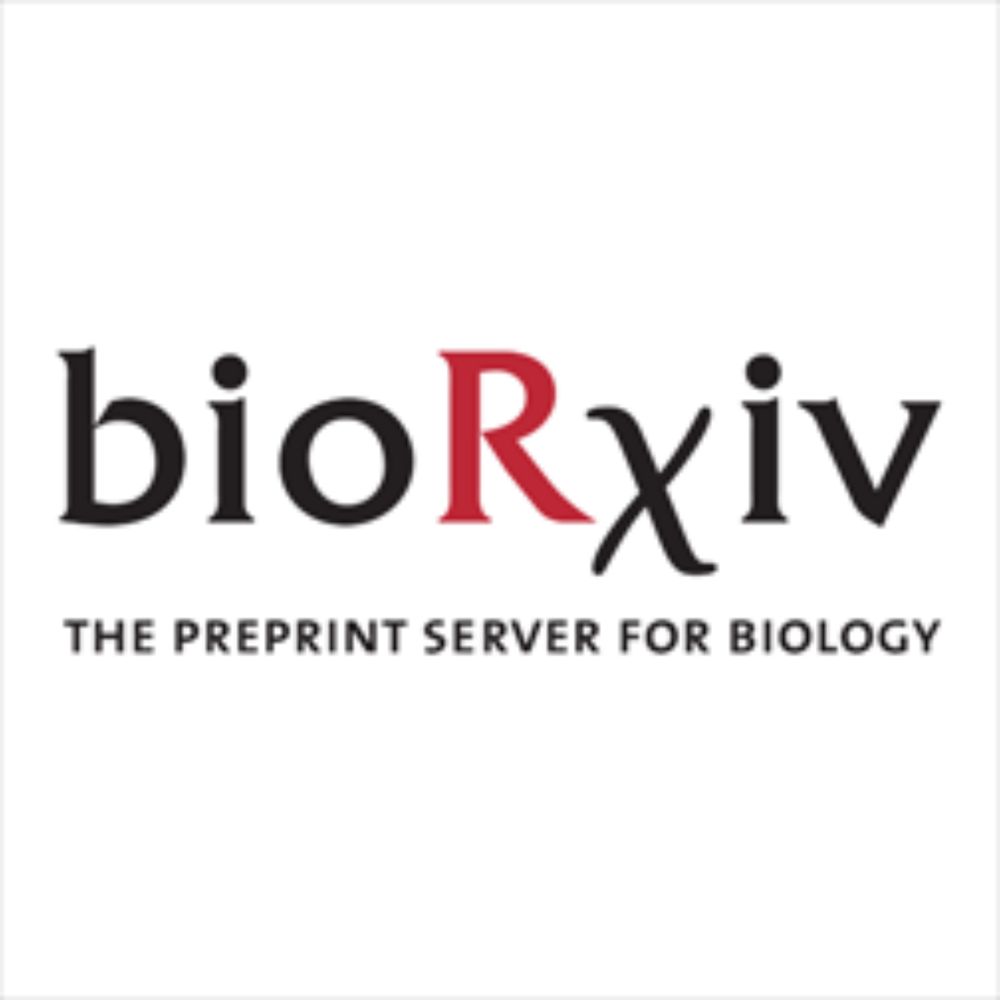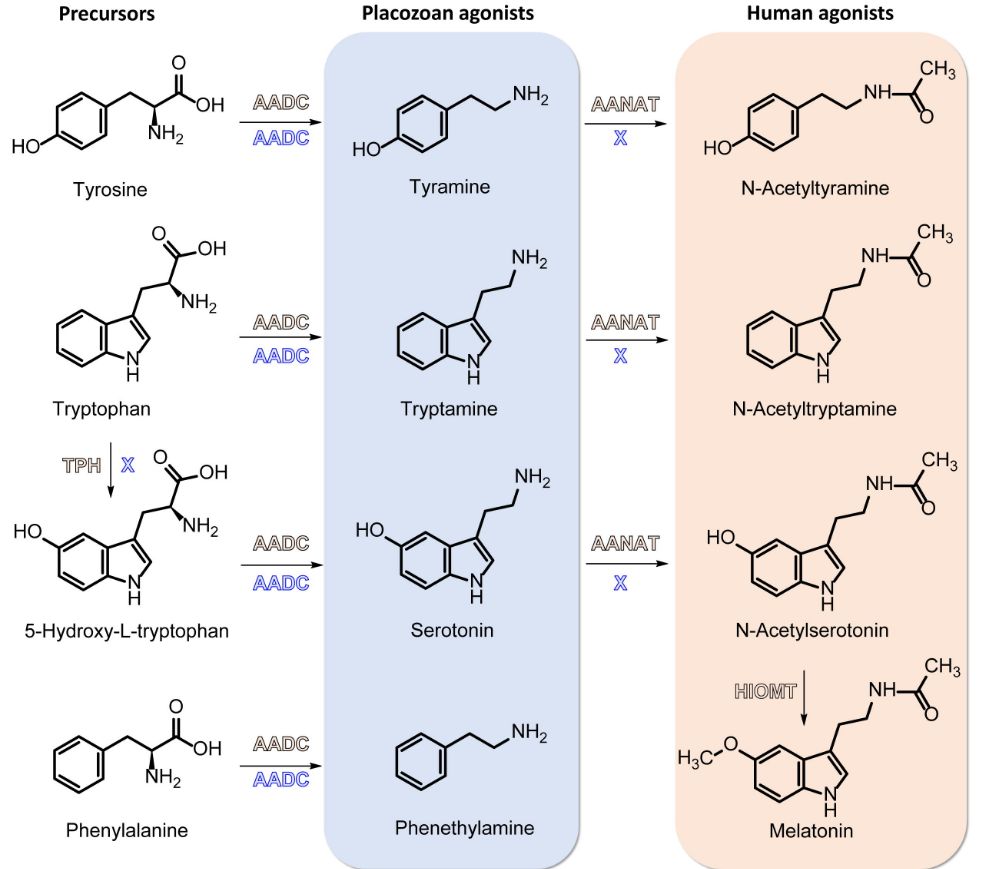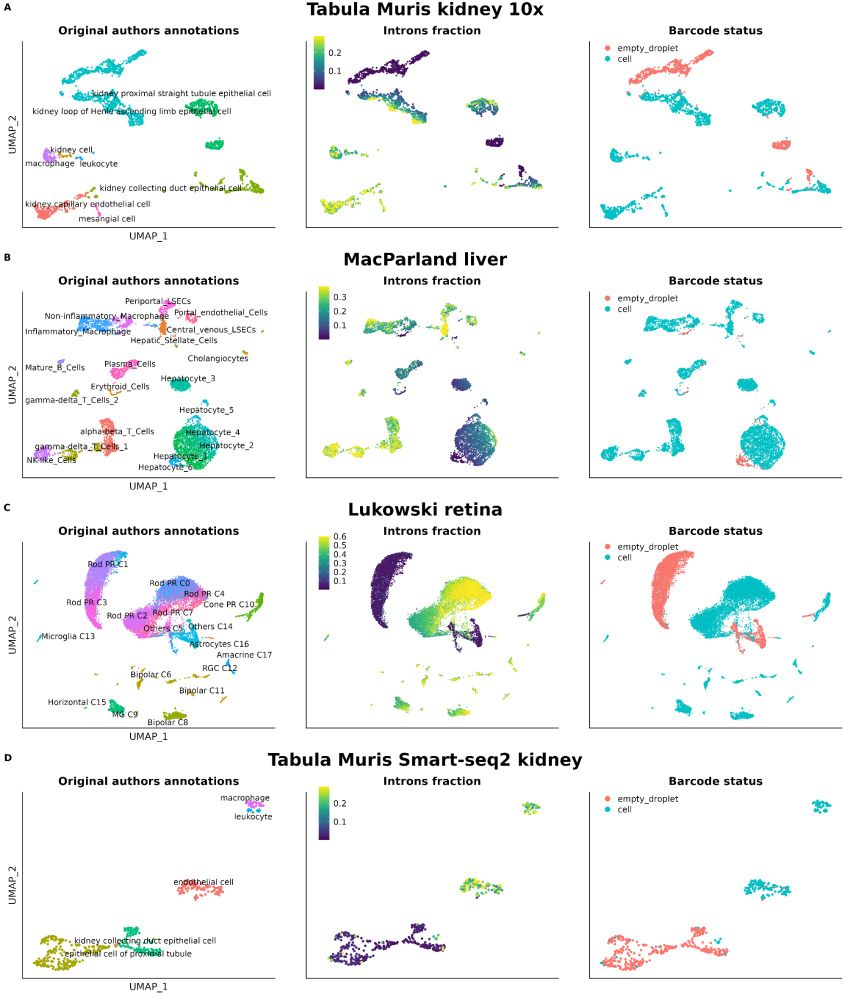Luis Guerra
@luisguerra.bsky.social
97 followers
200 following
22 posts
Lecturer/Assistant Professor in Pharmacology.
Interest: Neurobiology, the evolution of the nervous system, GPCR deorphanisation, non-bilaterians.
Posts
Media
Videos
Starter Packs
Luis Guerra
@luisguerra.bsky.social
· May 14
Reposted by Luis Guerra
Luis Guerra
@luisguerra.bsky.social
· May 1
Luis Guerra
@luisguerra.bsky.social
· Apr 30
Luis Guerra
@luisguerra.bsky.social
· Apr 29
Luis Guerra
@luisguerra.bsky.social
· Apr 29

Functional and phylogenetic analysis of placozoan GPCRs reveal the prebilaterian origin of monoaminergic signalling
Monoamines are biologically active compounds crucial for neurotransmission and various physiological processes. They include neurotransmitters like serotonin, dopamine, and melatonin, which regulate m...
www.biorxiv.org
Luis Guerra
@luisguerra.bsky.social
· Apr 24
Luis Guerra
@luisguerra.bsky.social
· Apr 24

Functional and phylogenetic analysis of placozoan GPCRs reveal the prebilaterian origin of monoaminergic signalling.
Monoamines are biologically active compounds crucial for neurotransmission and various physiological processes. They include neurotransmitters like serotonin, dopamine, and melatonin, which regulate mood, movement, and sleep in humans. In ecdysozoans, monoamines such as tyramine are important for modulating locomotion, learning, and feeding. The monoaminergic signalling system has been considered a bilaterian innovation, with conflicting evidence supporting its existence in earlier branching, non-bilaterian animals. Here, we challenge the bilaterian origin hypothesis by combining large-scale receptor deorphanisation with phylogenetic analyses to identify monoamine receptors from the placozoan Trichoplax adhaerens. We demonstrate that these receptors are homologous to known bilaterian GPCRs, and behavioural assays demonstrate that monoamines like tyramine and tryptamine affect the speed of locomotion and body shape of this animal, respectively. These responses, together with the presence of biosynthetic enzymes for these molecules, reveal that monoaminergic signalling is both active and endogenous in placozoans. Our findings provide compelling evidence for a prebilaterian origin of monoaminergic systems, reshaping our understanding of early nervous system evolution. ### Competing Interest Statement The authors have declared no competing interest.
www.biorxiv.org
Luis Guerra
@luisguerra.bsky.social
· Apr 10

NALCN/Cch1 channelosome subunits originated in early eukaryotes and are fully conserved in animals, fungi, and apusomonads
The sodium leak channel NALCN, a key regulator of neuronal excitability, associates with three ancillary subunits that are critical for its function: an extracellular subunit called FAM155, and two cytoplasmic subunits called UNC79 and UNC80. Interestingly, NALCN and FAM155 have orthologous phylogenetic relationships with the fungal calcium channel Cch1 and its extracellular subunit Mid1, however, UNC79 and UNC80 have not been reported outside of animals. In this study, we leveraged expanded gene sequence data available for eukaryotes to re-examine the evolutionary origins of NALCN and Cch1 channel subunits. Our analysis corroborates the direct phylogenetic relationship between NALCN and Cch1 and identifies a larger clade of related channels in additional eukaryotic taxa. We also identify homologues of FAM155/Mid1 in Cryptista algae, and UNC79 and UNC80 homologues in numerous non-metazoan eukaryotes including basidiomycete and mucoromycete fungi, and the microbial eukaryotic taxa Apusomonadida, Malawimonadida, and Discoba. Furthermore, we find that most major animal lineages, except ctenophores, possess a full complement of NALCN subunits. Comparing structural predictions with the solved structure of the human NALCN complex supports orthologous relationships between metazoan and non-metazoan FAM155/Mid1, UNC79, and UNC80 homologues. Together, our analyses reveal unexpected diversity and ancient eukaryotic origins of NALCN/Cch1 channelosome subunits and raise interesting questions about the functional nature of this conserved channel complex within a broad, eukaryotic context. ### Competing Interest Statement The authors have declared no competing interest.
www.biorxiv.org
Luis Guerra
@luisguerra.bsky.social
· Jan 6
Luis Guerra
@luisguerra.bsky.social
· Nov 30
Luis Guerra
@luisguerra.bsky.social
· Nov 25
Luis Guerra
@luisguerra.bsky.social
· Nov 24

To celebrate the 165th birthday of ‘On The Origin of Species’, Dr Neil Gostling’s here with a Gen Z script to spill the tea on how Charles Darwin came to publish on the 24th November 1859 🙌 🎉 Ft. Dr N...
TikTok video by University of Southampton
www.tiktok.com









